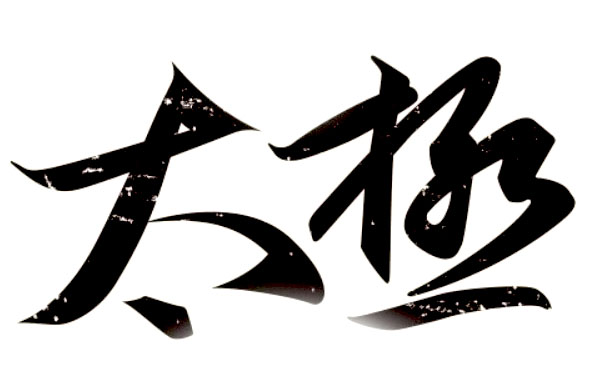The phrase “人体处处皆太极” originates from Chen Xin, a Tai Chi theorist from the late Qing Dynasty and the early Republic of China. This theory resonates with the famous Tai Chi master Gu Liuxin’s saying “太极浑身都是手” (Every part of the body in Tai Chi is a hand). Gu’s statement sharply highlights the offensive and defensive functions in Tai Chi. On the other hand, Chen Xin’s phrase not only embodies the Yin-Yang theory of the human body but also aligns with the Tai Chi principles of circular movement and offense-defense.
- What does “Every Part of the Human Body is Tai Chi” mean?Wang Zongyue’s Tai Chi proverb states, “Tai Chi is born from the limitless, the mother of Yin and Yang.” This means only when there’s a balance of Yin and Yang can the essence of Tai Chi be realized. A body with either only Yin or only Yang is not Tai Chi.”Every part of the human body is Tai Chi” first refers to inherent parts and functions of the human body, the distribution of Yin and Yang both inside and outside the body, and their functional manifestations.The human body has divisions of upper and lower, inner and outer. The upper is Yang, the lower is Yin; the outer is Yang, and the inner is Yin. For instance, the “Baihui” point on the top of the head, where all Yang meridians converge, is Yang, while the “Huiyin” point in the groin, where all Yin meridians meet, is Yin. The three Yang meridians in the hands and feet run on the outer sides, so they’re Yang. In contrast, the three Yin meridians in the hands and feet are on the inner sides, thus being Yin.Internal organs like the five vital organs are Yin, while the six hollow organs are Yang. Although the twelve meridians and the eight extra meridians have divisions of Yin and Yang, they’re interconnected. Any imbalance of Yin and Yang can lead to diseases.By practicing Tai Chi, one can promote the flow of energy within the body and balance Yin and Yang, enhancing bodily functions. This aligns with the Tai Chi proverb which emphasizes longevity and youthful vitality.
- The second meaning suggests that all Tai Chi movements should be circular.When referring to circular, it doesn’t only mean a perfect circle on a flat plane. There are various circular arcs surrounding the body, appearing in different trajectories, be it vertical, horizontal, slanted, or reverse. Every joint in the body, nearly a hundred of them with varying sizes and structures, expresses its own arc during Tai Chi movements.The torso is a big Tai Chi circle, and every other part is a small Tai Chi circle. When the big circle moves, all the smaller ones follow, forming interconnected arcs throughout the body.Inside the Tai Chi circle, there’s a division of Yin and Yang. Depending on the practical application, sometimes Yang (the striking point) is on the outer side of the arc, making the inner side Yin (void). In other cases, Yang can be on the inner side, turning the outer side into Yin. The Yin and Yang changes aren’t rigid but rather flexible, varying with the specific movement.Understanding and internalizing Chen Xin’s principle “Every part of the human body is Tai Chi” requires practical experience and gradual realization.

